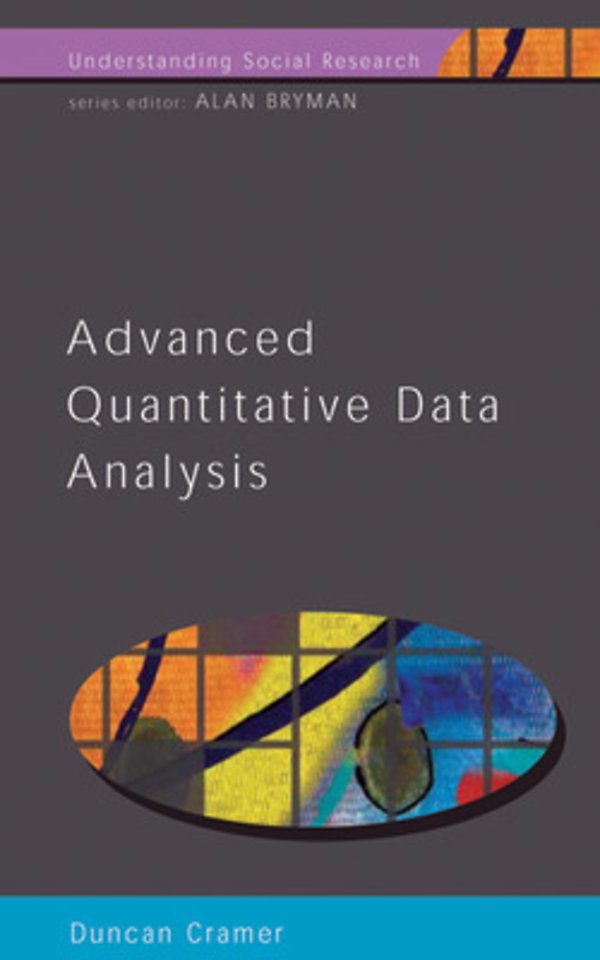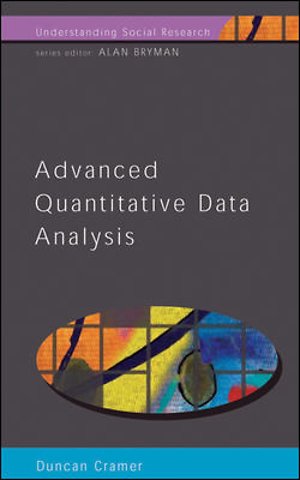ADVANCED QUANTITATIVE DATA ANALYSIS
Samenvatting
*What do advanced statistical techniques do?
*When is it appropriate to use them?
*How are they carried out and reported?
There are a variety of statistical techniques used to analyse quantitative data that masters students, advanced undergraduates and researchers in the social sciences are expected to be able to understand and undertake. This book explains these techniques, when it is appropriate to use them, how to carry them out and how to write up the results. Most books which describe these techniques do so at too advanced or technical a level to be readily understood by many students who need to use them. In contrast the following features characterise this book:
- concise and accessible introduction to calculating and interpreting advanced statistical techniques
- use of a small data set of simple numbers specifically designed to illustrate the nature and manual calculation of the most important statistics in each technique
- succinct illustration of writing up the results of these analyses
- minimum of mathematical, statistical and technical notation
- annotated bibliography and glossary of key concepts
Commonly used software is introduced, and instructions are presented for carrying out analyses and interpreting the output using the computer programs of SPSS Release 11 for Windows and a version of LISREL 8.51, which is freely available online. Designed as a textbook for postgraduate and advanced undergraduate courses across the socio-behavioural sciences, this book will also serve as a personal reference for researchers in disciplines such as sociology and psychology.
Specificaties
Inhoudsopgave
Net verschenen
Rubrieken
- aanbestedingsrecht
- aansprakelijkheids- en verzekeringsrecht
- accountancy
- algemeen juridisch
- arbeidsrecht
- bank- en effectenrecht
- bestuursrecht
- bouwrecht
- burgerlijk recht en procesrecht
- europees-internationaal recht
- fiscaal recht
- gezondheidsrecht
- insolventierecht
- intellectuele eigendom en ict-recht
- management
- mens en maatschappij
- milieu- en omgevingsrecht
- notarieel recht
- ondernemingsrecht
- pensioenrecht
- personen- en familierecht
- sociale zekerheidsrecht
- staatsrecht
- strafrecht en criminologie
- vastgoed- en huurrecht
- vreemdelingenrecht

